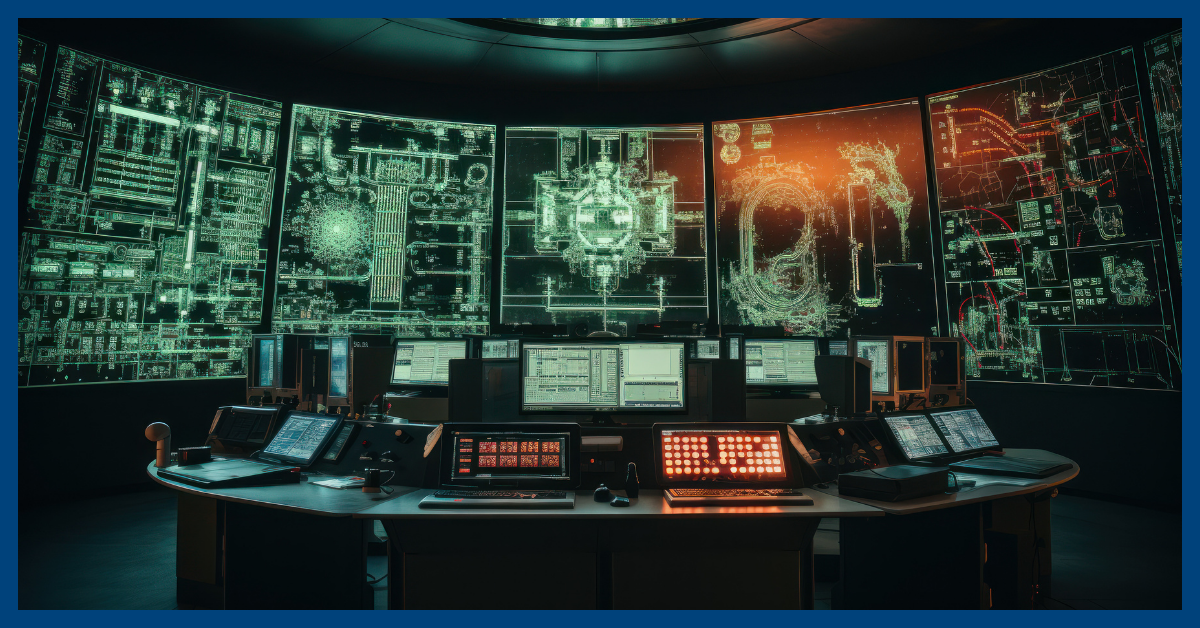SMR and AR Advances: 2023 Nuclear Energy Update
Introduction to SMRs and ARs
Small Modular Reactors (SMRs) and Advanced Reactors (ARs) lead the transformation of the nuclear energy industry. These technologies, central to SMR and AR nuclear advances, offer sustainable and efficient energy solutions. SMRs have an output of less than 300 megawatts. ARs boast advanced safety and efficiency features. Both provide flexibility in energy deployment.
Advantages of SMRs and ARs in Nuclear Energy
SMRs and ARs bring several key benefits to nuclear energy. Their cost-effectiveness, due to smaller size and modular design, is a bonus, especially in countries with evolving infrastructure. Enhanced safety features and the ability to be sited near urban areas for efficient transmission are other significant advantages. Furthermore, these advanced reactor technologies have the potential to significantly reduce greenhouse gas emissions. As the world strives to achieve net-zero emissions, SMRs and ARs play a crucial role in providing a low-carbon energy solution that can replace fossil fuel-dependent power plants.
Current State of SMR and AR Advances
The current state of SMR and AR nuclear advances is marked by rising global investment with significant projects underway in the USA, Canada, China, and Russia. In the US, the Nuclear Regulatory Commission (NRC) is streamlining the licensing process, attracting interest from various companies. Canada’s active role in SMR development and China’s commitment to these technologies highlight their global importance.
Recent Developments in SMR and AR Technologies
Recent advancements in SMRs and ARs include innovative fuels, such as accident-tolerant fuels, for enhance safety and efficiency. Digital technologies, such as AI and advanced control systems, integrate to boost safety, reliability, and performance. These digital advancements also enable real-time monitoring and predictive maintenance, enhancing overall operational efficiency. Research continues into novel reactor designs, like molten salt reactors and high-temperature gas-cooled reactors.
Case Studies: NuScale Power and Qinshan Phase III
Notable examples like the NuScale Power project in the US and the Qinshan Phase III project in China showcase the success and potential of SMRs. The NuScale Power Module, a small modular reactor design, has received approval from the NRC, marking a significant milestone for SMRs in the country. This project is set to provide clean and reliable energy to communities across the United States and the globe. China’s commitment to SMRs with the Qinshan Phase III project has positioned the country as a global leader in advanced reactor technology. These case studies demonstrate the viability and scalability of SMR technologies.
Overcoming Challenges for Future Success
While SMRs and ARs are promising, challenges like high initial costs and public perception remain. Despite its many benefits, nuclear power is often met with skepticism and concerns about safety and waste management. Education about their safety and benefits, alongside ongoing technological and market developments, is key to overcoming these hurdles.
Looking ahead, the future of SMRs and ARs in nuclear energy is promising. As countries strive to reduce their carbon emissions and transition to cleaner energy sources, SMRs and ARs offer a viable solution. Their flexibility, safety features, and potential for cost reduction make them an attractive option for meeting the world’s growing energy demands while minimizing environmental impact.
SMRs, ARs, and the Path to Net Zero Emissions
SMRs and ARs are vital in achieving net-zero emissions. They contribute to decarbonizing the energy sector by generating electricity without emitting greenhouse gases. Their compact size and modular design enable localized energy production, which reduces transmission losses and boosts energy efficiency. This approach aligns with the concept of distributed energy systems, which can further enhance the resilience and reliability of the electricity grid.
Furthermore, the integration of SMRs and ARs with renewable energy sources can create a synergistic energy system. Nuclear reactors’ consistent baseload power complements the intermittent nature of renewable energy. This combination allows for a more reliable and stable energy supply, ensuring uninterrupted electricity even during periods of low renewable energy generation.
Supportive Government Initiatives
Furthermore, governments worldwide recognize SMRs and ARs as essential to their energy and climate goals. They’re actively supporting development and commercialization through initiatives and funding. In the United States, the Department of Energy (DOE) has launched the Advanced Reactor Demonstration Program (ARDP) to fast-track AR deployment, offering financial support for advanced reactor projects. Consequently, this reflects the DOE’s belief in ARs’ potential to reshape the energy sector.
Canada, too, is leading in SMR technology with its Small Modular Reactor Action Plan, promoting SMR development and deployment through research, funding, and regulatory support.
Training and Education for SMR and AR Nuclear Advances
As SMRs and ARs grow within the nuclear energy industry, the demand for skilled professionals rises. Training and education programs are crucial for preparing the workforce for these advanced reactors. Universities and research institutions are offering specialized nuclear engineering courses, covering reactor design, safety analysis, fuel management, and regulatory compliance.
Industry-academic collaborations bridge the gap between theory and practice, providing students with practical experience through internships and research projects. This hands-on approach ensures graduates are ready to contribute to SMR and AR development and operation.
Accelerant Solutions, in partnership with Westinghouse Electric Company, has established the Nuclear Excellence Academy focusing on centralized training for the nuclear power industry, including SMR/ARs.
Conclusion: The Promising Future of SMRs and ARs in Nuclear Energy
SMRs and ARs are revolutionizing nuclear energy. Additionally, their benefits – cost-effectiveness, enhanced safety, and low emissions – make them attractive for sustainable energy solutions.
With continuous technological advancements, successful case studies, and robust government support, the SMR and AR market is poised for significant growth. As the industry evolves, cost barriers will likely decrease, speeding up the adoption of these advanced technologies.
In our journey to a sustainable future, SMRs and ARs prove essential. They offer the flexibility, safety, and efficiency needed in the global energy transition, helping nations meet net-zero emissions targets and ensuring a secure, resilient power supply.



